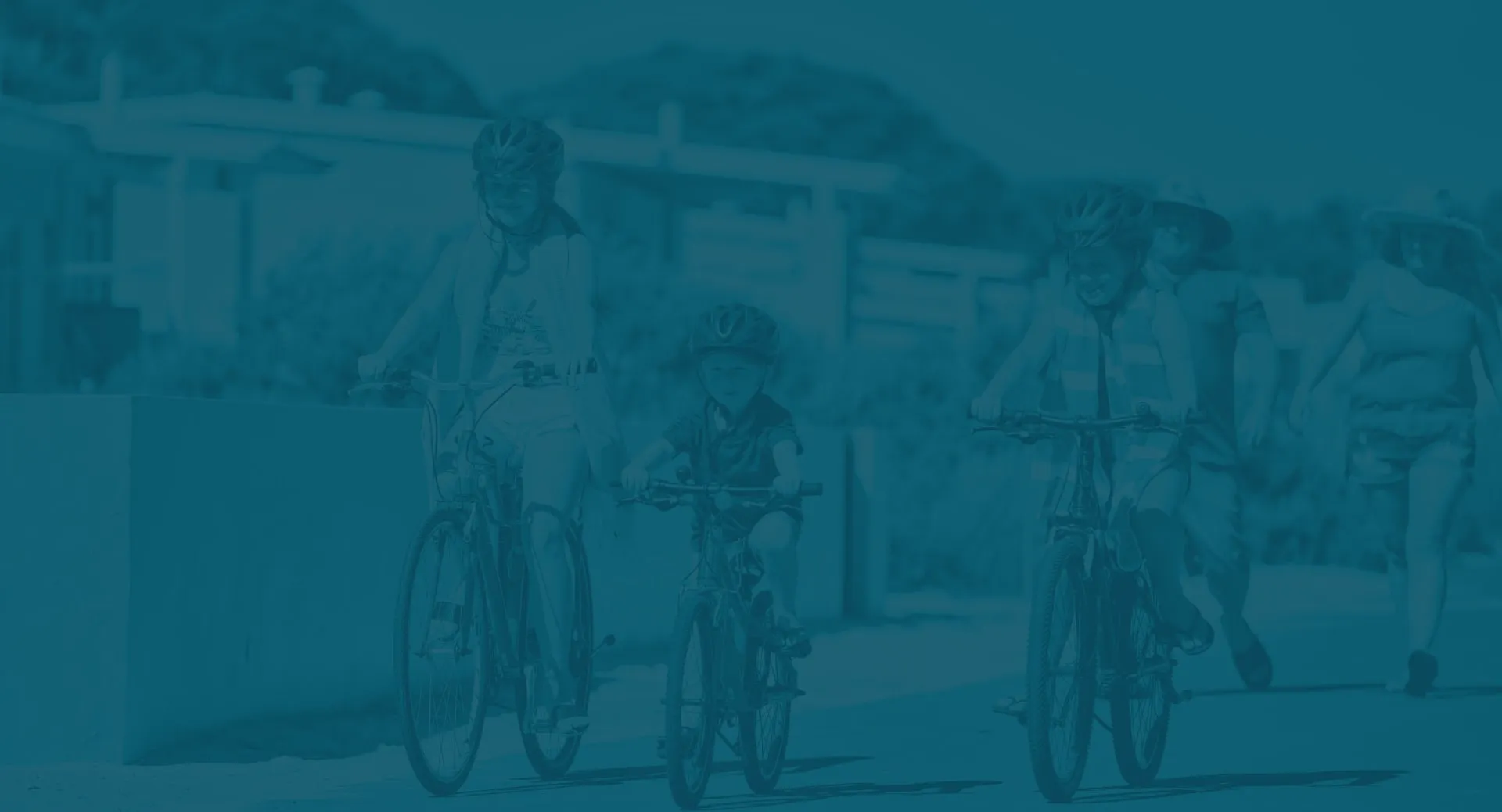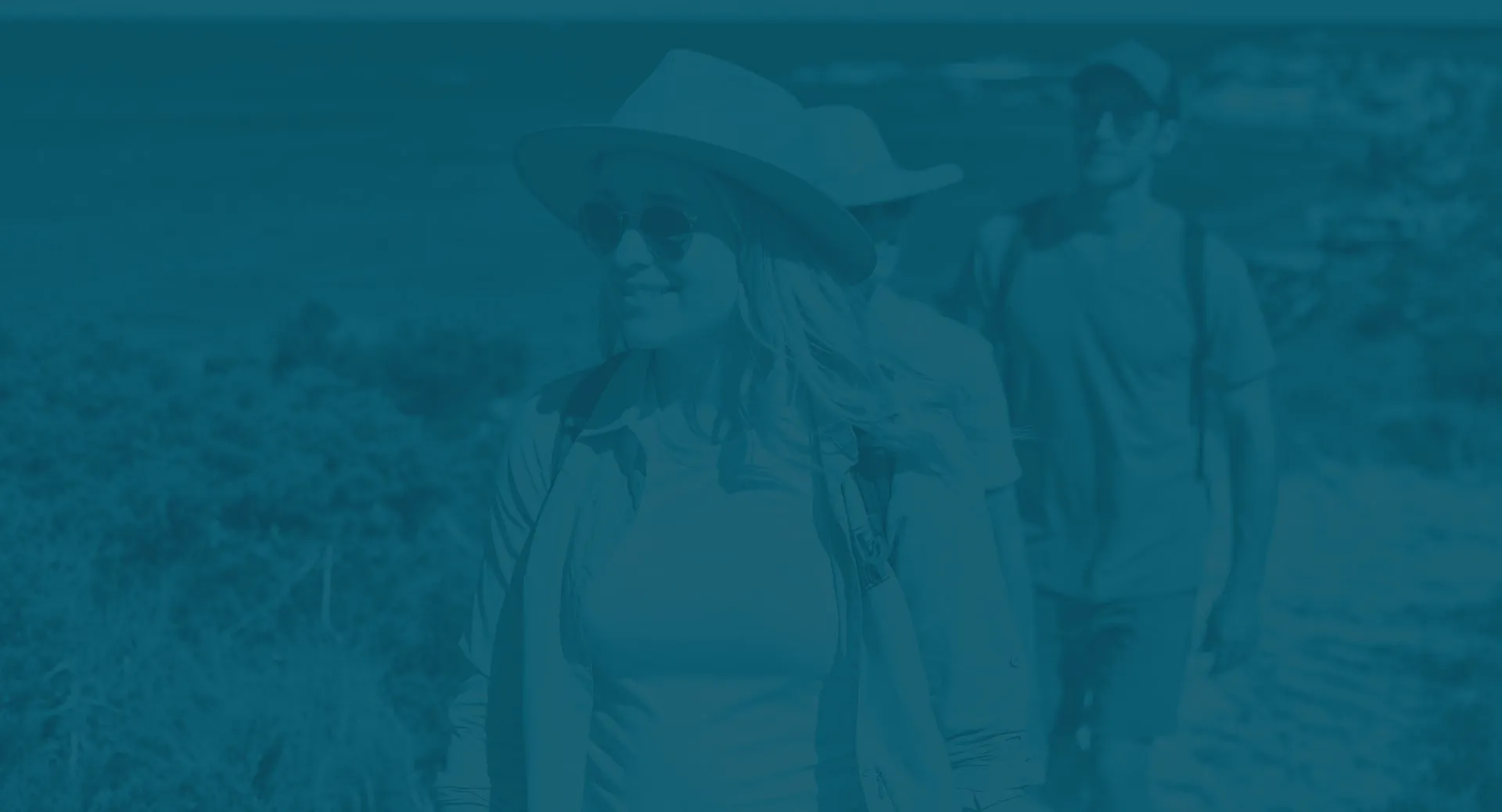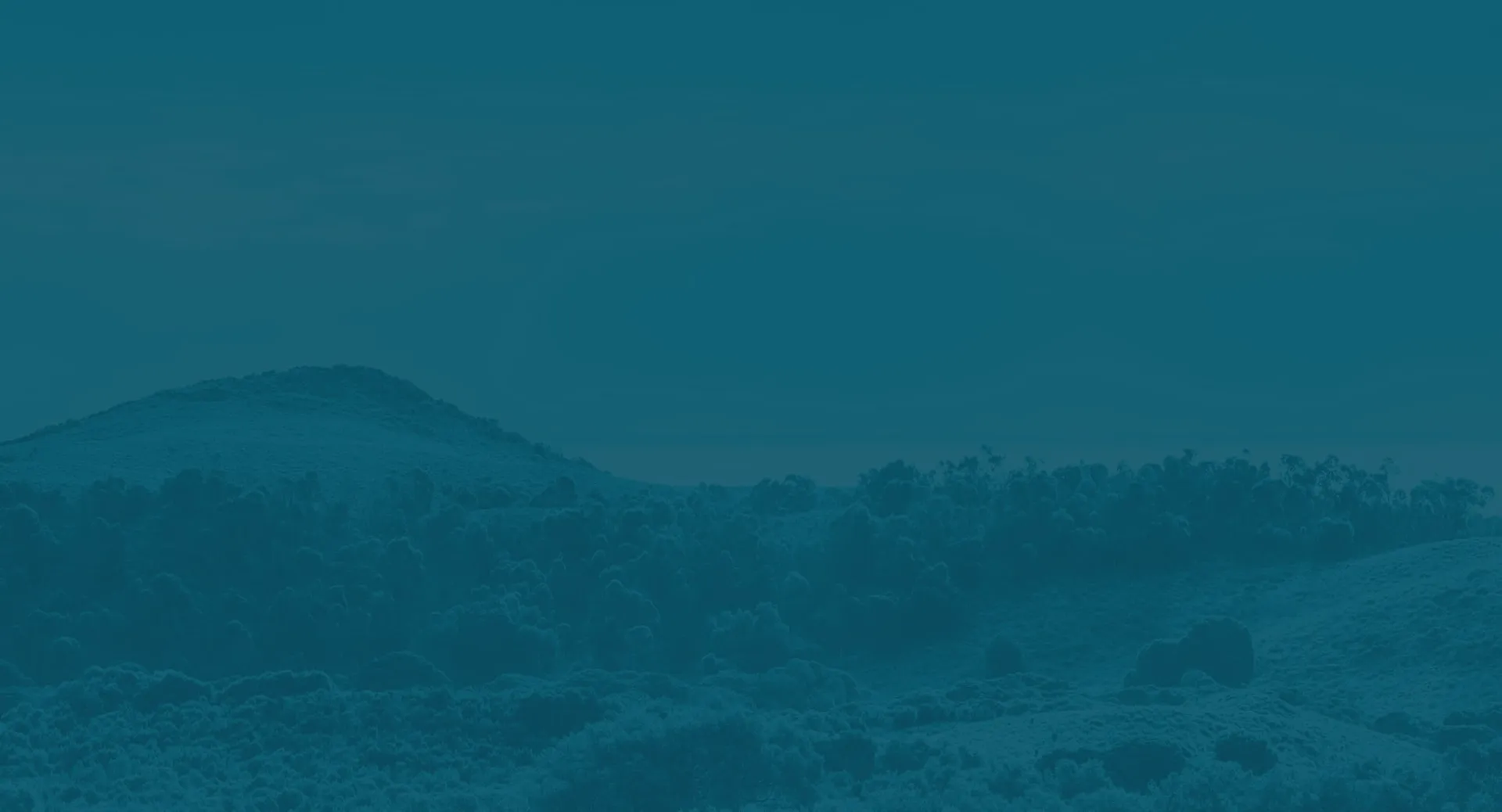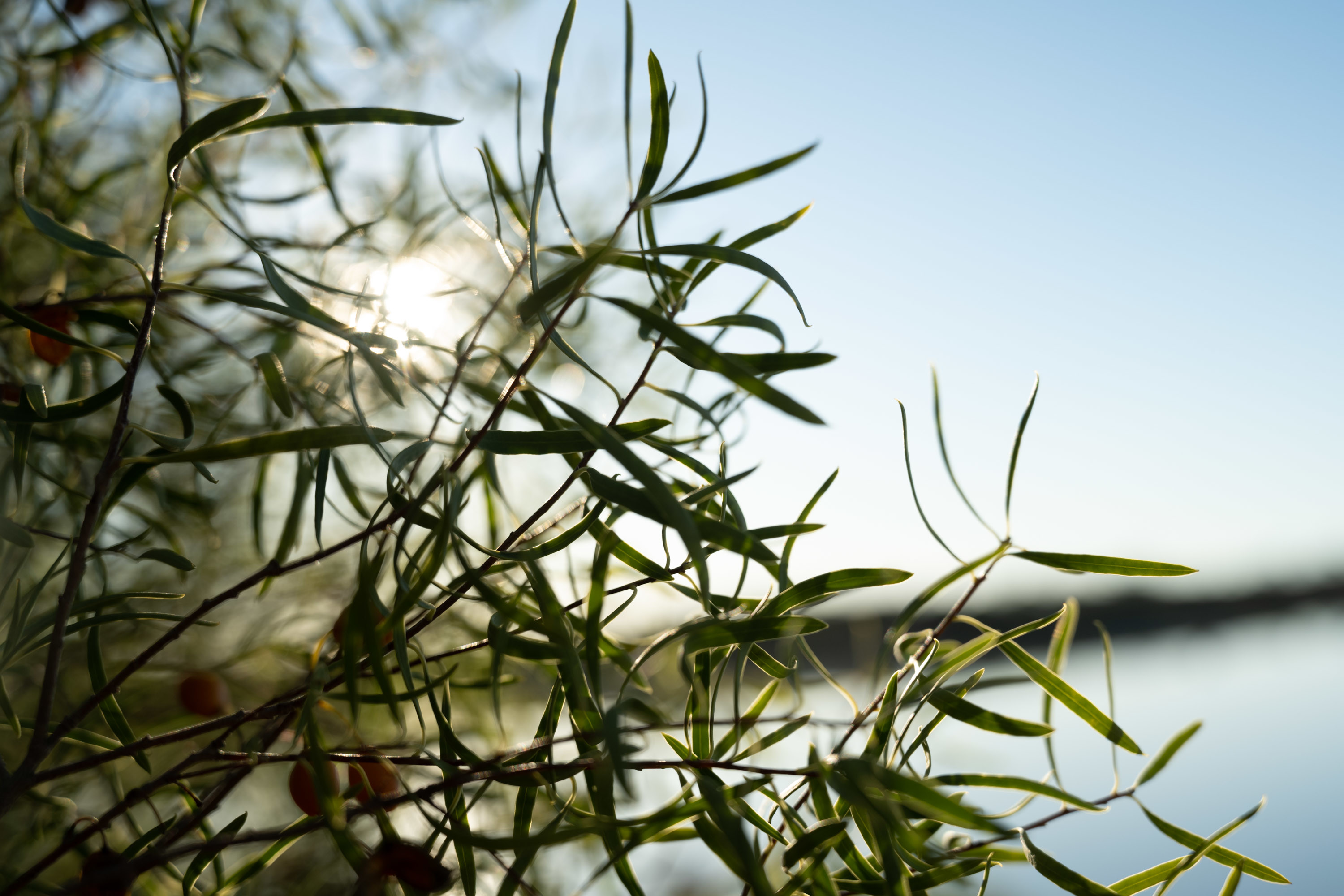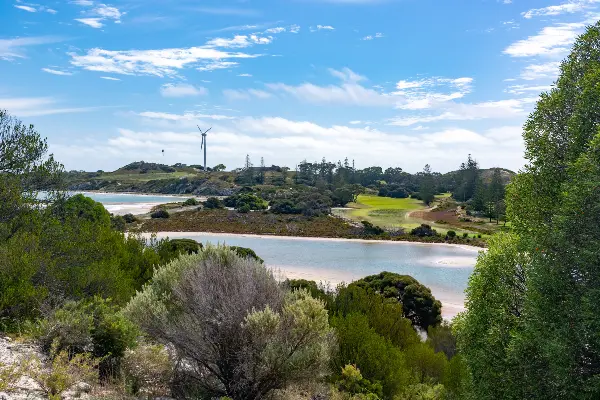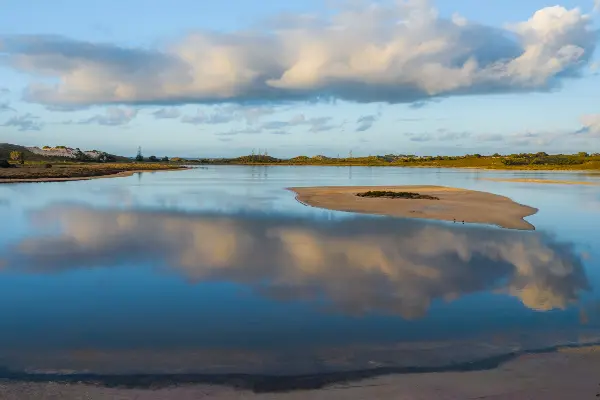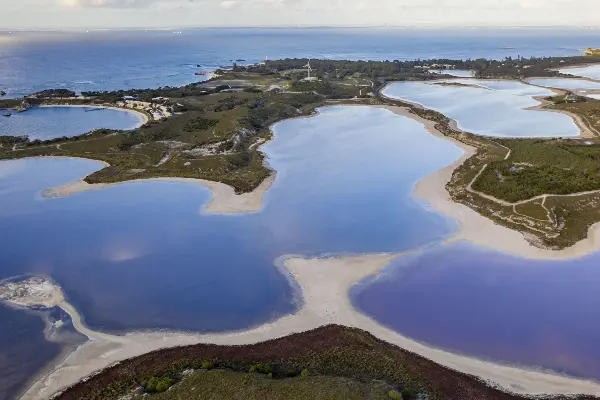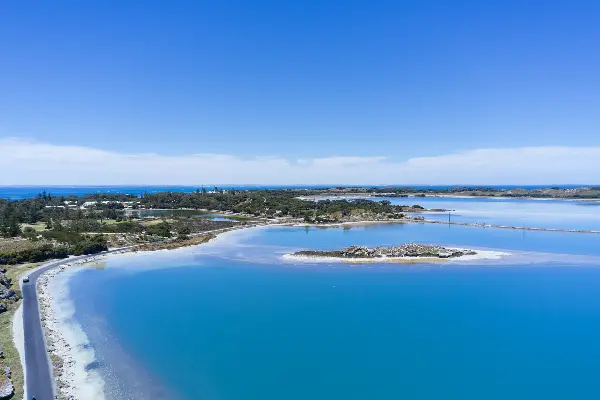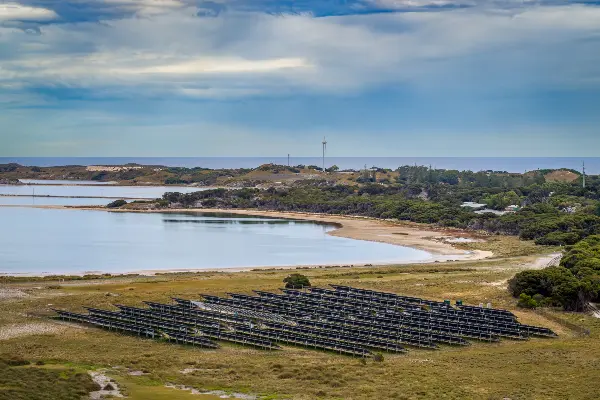The Rottnest Island Nursery
To maintain this unique island ecosystem, there can be up to 40,000 native seedlings propagating in the nursery at any one time, from woodland melaleuca to spinifex and everything in between. And thanks to the team of volunteers, who dedicate 2,500 hours to this project each year, the Rottnest Island Nursery is helping to keep the native landscape alive.
This nursery sets the stage for seed collection, treatment, storage, and propagation of seedlings native to the island; what you can’t see is how this land would have looked in the future without their hours of work.
Interested in volunteering some time to tree planting around Rottnest Island? Visit the Rottnest Island Authority website to find out how you can help.
